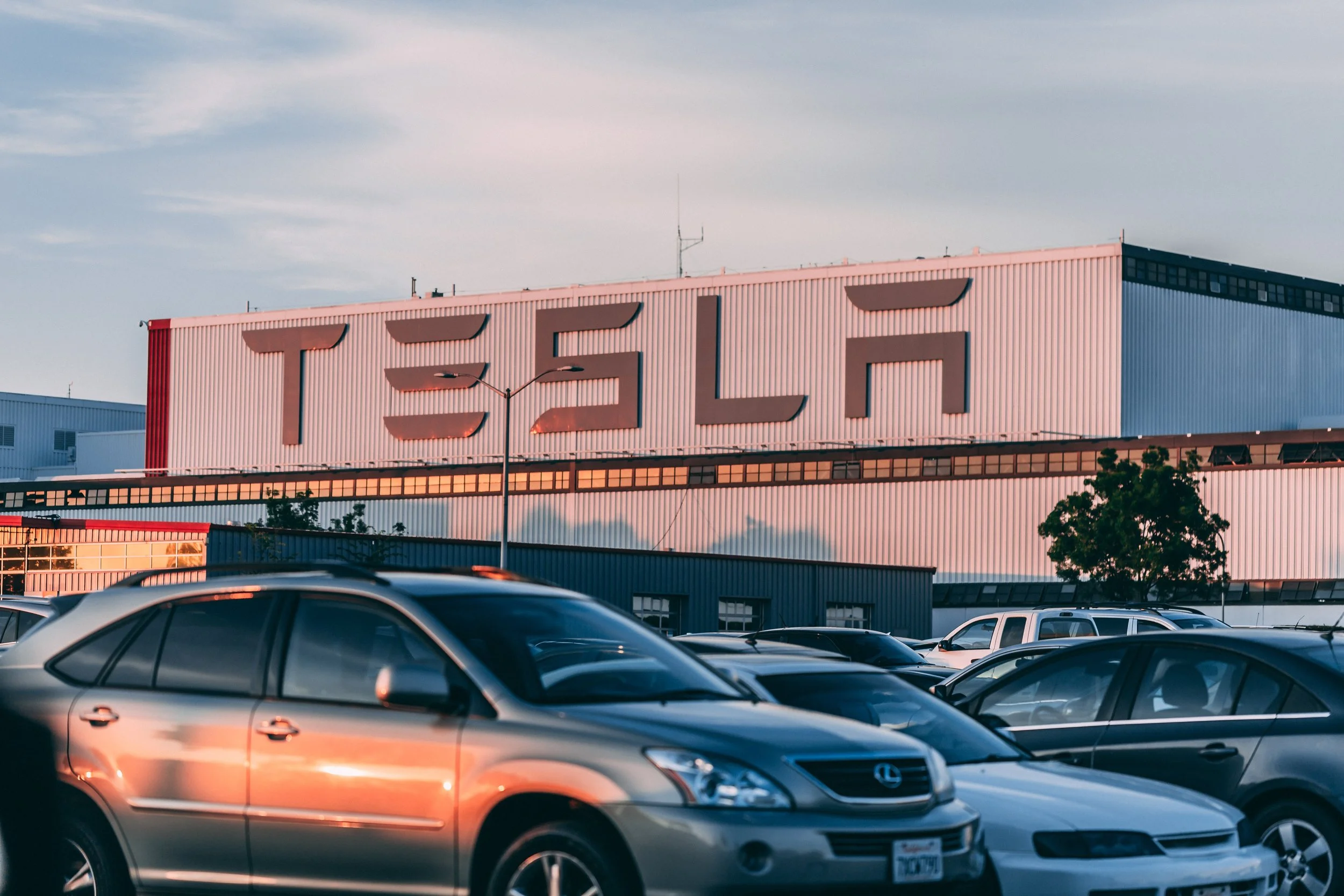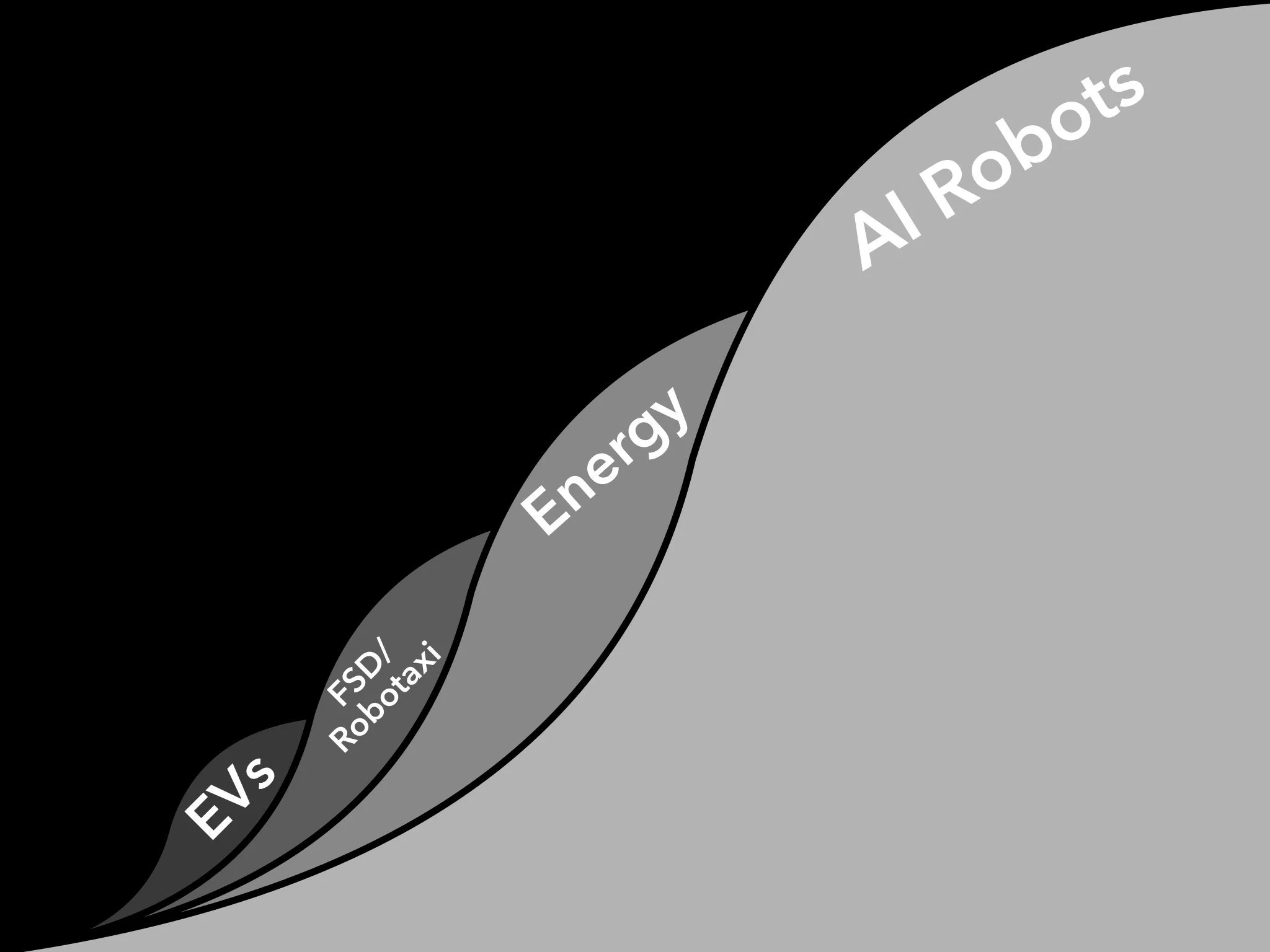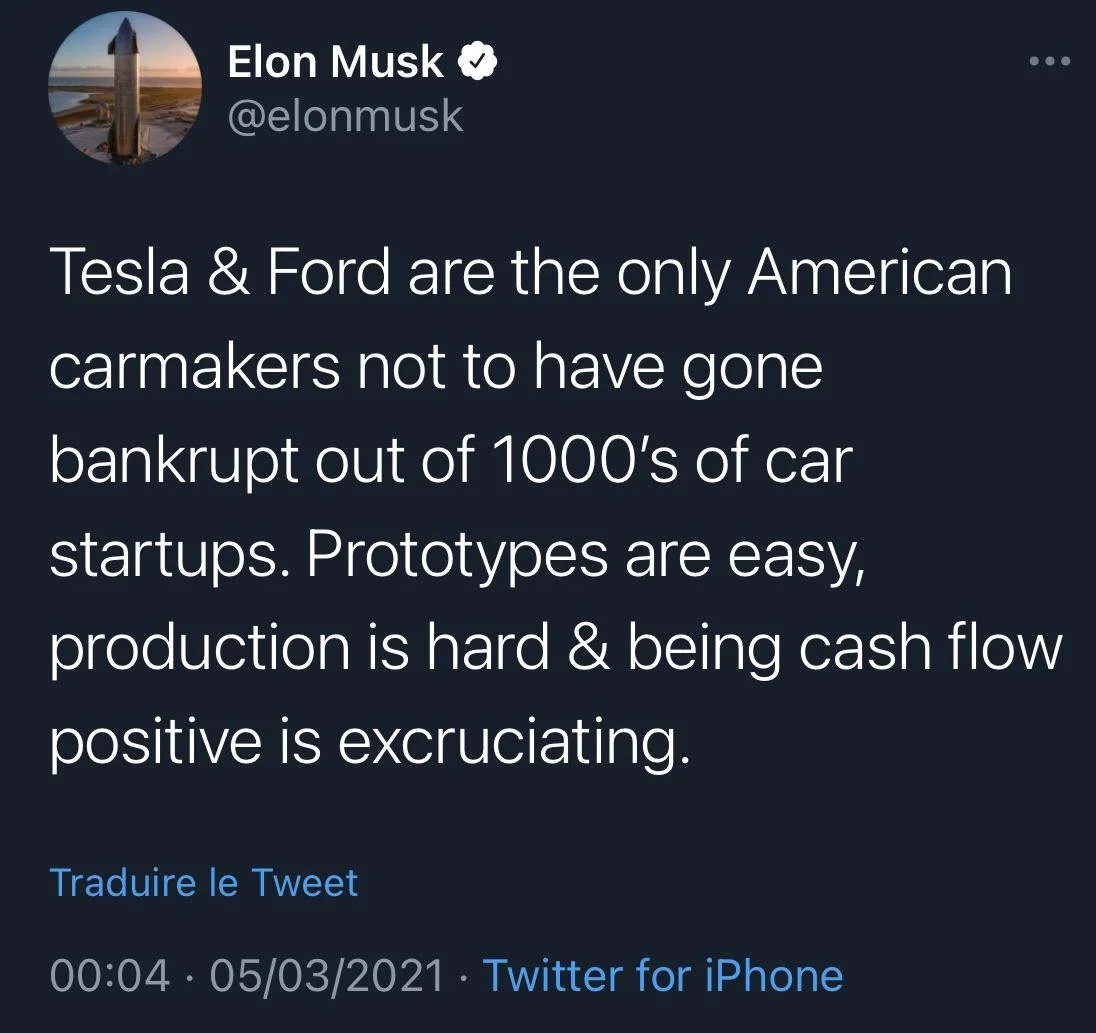Tesla, Not Apple, Will Dominate This Decade
When discussing the most powerful companies globally, Apple undoubtedly stands at the top of the list. However, another company that has recently approached Apple in terms of market dominance is Tesla, now the fourth-largest company in the S&P 500.
Apple’s Innovation Stagnation
Consider this question: Has Apple launched any new or revolutionary products recently? The AirPods were groundbreaking, but that was seven years ago. Nowadays, Apple offers essentially the same products with only minor updates. It’s safe to say that Apple’s innovative days are over. Despite this, people will continue to buy their products because they are excellent. Even with its high prices, Apple still dominates the mass market in devices like phones, tablets, and computers. However, Apple has failed to diversify outside of the gadget industry, a significant mistake over the past half-decade.
The Fall of Apple
Apple has shifted from being an underdog driving innovation in the late ’90s and 2000s to a company focused on maintaining market share in the 2010s. Tim Cook’s leadership, unlike Steve Jobs, prioritizes keeping Wall Street happy over innovation. Instead of acquiring innovative companies like Netflix and Tesla, Apple has fallen into the trap of solving problems that don’t exist with its current products.
The Rise of Tesla
Since joining the S&P 500 in 2020, Tesla has maintained rapid growth. The company appears set to assert dominance over the rest of the index by the end of the decade, particularly given its strategic position in the burgeoning electric vehicle industry. Despite common misconceptions, Tesla should not be narrowly perceived as merely a car company. Indeed, it extends beyond automotive manufacturing. While electric cars remain Tesla’s primary focus, Elon Musk and his skilled team have been both quietly and overtly diversifying into other industries. Some initiatives are directly tied to cars, such as the company’s advancements in autonomous driving and its introduction of car insurance plans. Simultaneously, other initiatives align more closely with Tesla’s overarching mission related to climate change, encompassing solar energy and stationary battery storage. I anticipate that Tesla will shape the trajectory of this decade through the introduction of a suite of innovative and groundbreaking products.
Future Tesla products & services:
Cybertruck
Tesla Semis
Full Self-Driving software
Tesla Robotaxis
Tesla Powerwall
Tesla Bot
Tesla Van
25k Car
S-Curves
What separates Tesla from Apple is that Tesla has been working on multiple new technologies (see future products above) that will attack multiple s-curves in this upcoming decade. Meanwhile, Apple seemingly cannot branch outside of just one S-curve.
An S-curve graph helps describe, visualize and predict a business' performance progressively over time. S-curves can help illustrate the rise or fall of a business.
Let’s define the parts of an S-curve.
At first, large amounts of money, effort, and other resources are spent on new technology, but small performance improvements are seen.
Then, as knowledge about technology accumulates, progress becomes faster. As soon as the major technical hurdles are overcome and the innovation reaches a certain level of adoption, exponential growth will take place. During this phase, relatively small increments of effort and resources will result in large performance gains.
Finally, as the technology begins to approach its physical limit, pushing performance further becomes more and more difficult, as shown in the figure below.
If you look at it from the big picture: the smartphone market is reaching a plateau, and Apple investors are concerned about growth, so the company needs to expand to new technology. In other words, Apple needs to jump to a new S-curve.
What About An “Apple Car”?
Apple has proven to have some of the best engineers, and with its advertising and financial resources, they are capable of producing something truly memorable. It would make sense for Apple to have its own electric vehicle. As Anthony Fadell, co-creator of the iPod and the iPhone mentioned in an interview with Bloomberg: “A car has batteries; it has a computer; it has a motor, and it has mechanical structure. If you look at an iPhone, it has all the same things. It even has a motor in it. But the hard stuff is really on the connectivity and how cars could be self-driving.”
Project Titan
Rumors have long suggested that Apple is actively working on various automotive projects that could ultimately lead to an "Apple Car." In 2015, Apple reportedly had a significant number of employees working on Project Titan. The term has been used to describe several different elements and technologies but falls into two broad categories: self-driving vehicle systems and car design. Fast forward eight years later and Project Titan looks like a headless chicken in front of a knife. Apple seemingly isn't quite sure where it wants to take its automotive initiative.
News and Rumors
Latest news, but it's quite fluctuating, Apple reportedly intends to unveil its first vehicle in 2024 or later. Apple has recruited Luigi Taraborrelli, the former boss in charge of the chassis of Lamborghini cars, he also took care of suspensions, brakes, rims, or even road holding. It seems most reasonable for Apple to wait until 2024 to release its car. By that time the technology for self-driving will be much further developed, and Apple seems to be focusing more on the technological part of it. In addition to that, the simplest way to produce electric vehicles for them would be to just build them to be self-driving from the start. Lucky for them, Elon Musk is talking about licensing Tesla’s “Full Self-Driving” software to other automakers.
Prototypes Are Easy
Those who think that Apple could overtake Tesla's reign in the electric vehicle industry are in for a rude awakening. Prototyping a vehicle is easy, but producing vehicles at scale is incredibly difficult, and remaining cash flow positive is even more difficult. Electric cars require a different infrastructure than combustion engine vehicles. Legacy automakers that specialize in making cars are already struggling to convert their businesses to electric vehicles without going out of business. Apple's only hope is to strike a deal with an automaker that hopefully can survive bankruptcy while transitioning to electric vehicles.
Final Thoughts
Bad leadership allowed this to happen. Apple had eight years to innovate and create an electric vehicle but failed to do so. Furthermore, Apple missed opportunities to purchase both Netflix and Tesla. This is a story of missed chances, and eventually, when a business reaches the plateau of its S-curve, it slowly declines. Tesla has already solved autonomous driving and is expected to have four million electric vehicles on the road by the end of 2022. Tesla will dominate the market as it conquers its first of many S-curves. It's sad to acknowledge it, but the autonomous vehicle market should have been Apple's market.



